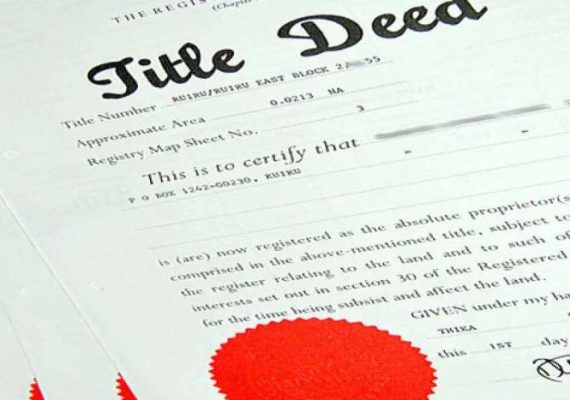What Does Box Trench Mean In Construction?
What Does Box Trench Mean In Construction?
Trench boxes are safety devices used to protect workers in trenches. They are square structures made up of pre-constructed side sheets and adjustable cross members that provide stability to a trench and keep the utility workers safe while they carry out their duties.
Trench box installation requires knowledge of OSHA safety regulations, as well as an understanding of how to use them safely. The walls of the box are fixed and positioned to be perpendicular to the trench wall, providing protection from cave-ins.
A trench box is a crucial piece of shoring equipment used in mechanical excavation to provide a two-sided support system. It enhances job safety and productivity for excavators who use it during foundation pouring and repair of underground pipes or wiring.
Trench boxes play a vital role in the construction industry, as the excavation and digging of soil are essential for building new structures. They are indispensable for ensuring the safety of workers on construction sites.
Structure Of The Trench Box
Trench box systems are divided into two categories: steel and aluminum. They consist of two plates called shields that line the trench walls and spreaders that keep them apart.
The spreaders are perpendicular to the plates and act as braces. The entire structure is welded together to create a stable system.
The system is designed to allow workers to enter and exit the trench box, which is critical during emergencies when quick evacuation is necessary.
Types Of Trench Box
Trench boxes are sturdy support structures that provide structural support during soil excavation. They are designed to fit into a trench, where the cavity walls must be near-vertical and completely secure. Trench boxes are usually made of steel or aluminum, making them incredibly strong and durable.
They are capable of supporting two sides of an excavation using interchangeable spreaders, unlike piles.
There are different types of trench boxes available to suit various excavation projects. These include the Backhoe Trench Box, Backhoe Drag Box, Mini and Standard Trench Box, Rolling Strut Trench Box, and Super Drag Box.
Each type of trench box varies considerably in terms of size and complexity. Therefore, it is crucial for excavators to choose the right type of trench box for their specific excavation project.
To sum up, trench boxes are vital to ensure safety during excavation, and choosing the right type of trench box can help to ensure the success of a project.
Benefits Of Using Trench Boxes
The utilization of trench boxes offers various benefits that aid in enhancing the stability of the trench and protecting workers. These advantages are particularly vital for extended construction projects. Trench shoring boxes assist in making trenches more durable and stable.
In the absence of a trench box, the trench is prone to cave-ins, which can happen in a matter of seconds. However, a trench box system helps to maintain the hole’s stability, making it safer for many months, depending on the type of soil, weather conditions, and depth of the trench.
Trench and excavation work is known to be hazardous, with cave-ins being a significant risk even with all safety precautions in place. The use of a trench box provides an extra layer of protection for workers, reducing the possibility of injuries while on the job.
Moreover, there are specific safety regulations that guide the appropriate use of trench boxes. The depth rating regulations specify the maximum depth at which the trench box system can be safely used. Overall, using trench boxes is essential for promoting worker safety and ensuring long-term stability in construction projects.
When Should A Trench Box Be Used?
When a trench or excavation is five feet or more in depth, the Occupational Safety and Health Administration (OSHA) states that a trench box must be used for safety reasons.
Sometimes even shallower excavations require a trench box to prevent collapse and protect workers from any potential hazards. To ensure full compliance with OSHA regulations, it’s recommended that you use a trench box whenever possible.

